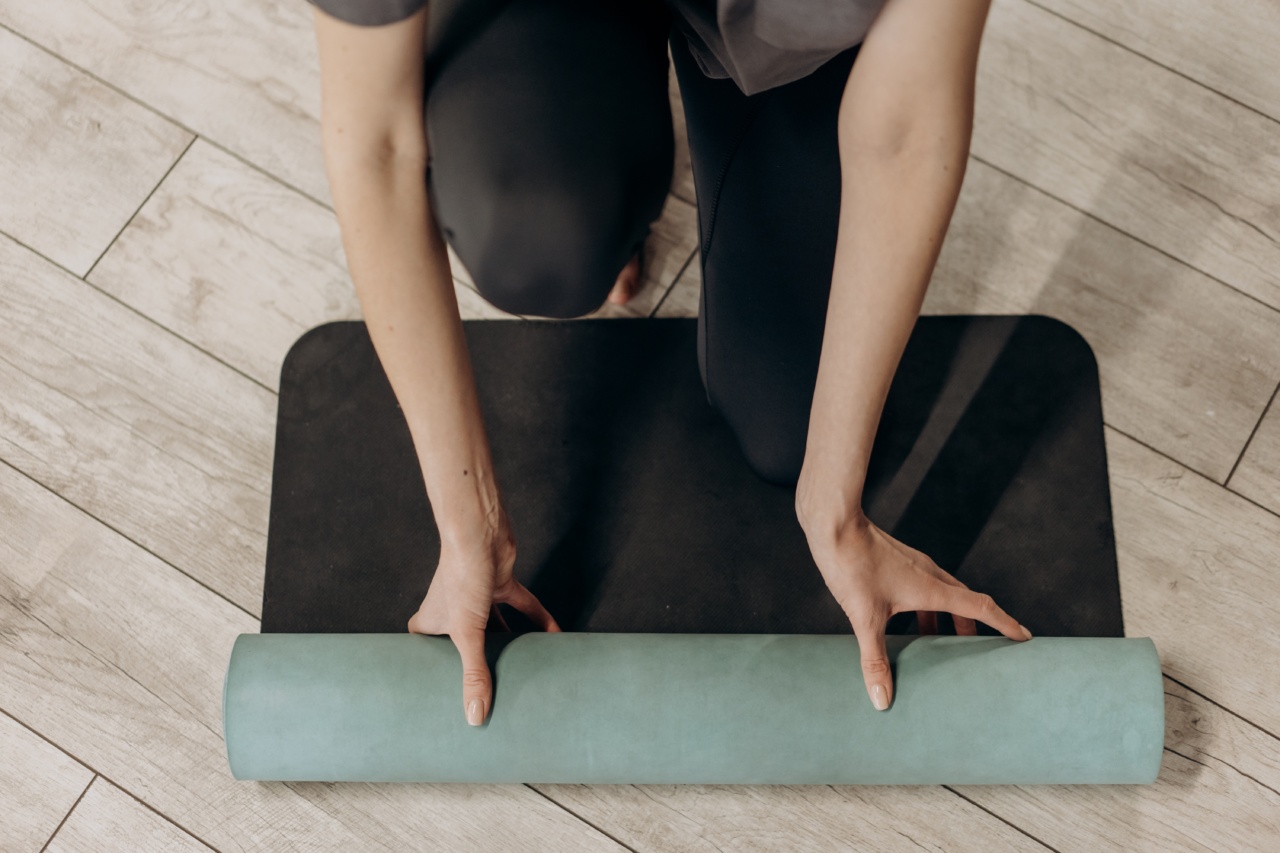Stroke is a serious health condition that affects millions of people worldwide.
It occurs when the blood supply to the brain is disrupted, either due to a clot blocking a blood vessel (ischemic stroke) or due to bleeding in the brain (hemorrhagic stroke). Both types of stroke can have severe consequences and can lead to long-term disabilities or even death.
While there are several risk factors for stroke, including age, genetics, and certain medical conditions, lifestyle factors such as sleep and exercise also play a significant role.
In fact, adopting an optimal sleep and exercise routine can significantly lower your risk of stroke. In this article, we will explore the relationship between sleep, exercise, and stroke risk, and provide guidelines for an ideal routine to mitigate your chances of having a stroke.
The Link Between Sleep and Stroke Risk
Sleep is an essential aspect of our overall health and well-being, and insufficient or poor-quality sleep has been linked to various health issues, including an increased risk of stroke.
Sleep deprivation can contribute to the development of hypertension (high blood pressure), a major risk factor for both ischemic and hemorrhagic strokes. Additionally, inadequate sleep can lead to the disruption of other physiological processes that help maintain optimal cardiovascular health, such as glucose metabolism and inflammation regulation.
Adequate sleep duration is crucial for stroke prevention. According to the American Heart Association, adults should aim for 7-9 hours of quality sleep per night.
Establishing a regular sleep schedule, avoiding caffeine and electronic devices before bedtime, and creating a comfortable sleep environment can all contribute to a better night’s sleep and reduce your stroke risk.
The Role of Exercise in Stroke Prevention
Regular physical activity is known to have numerous health benefits, and stroke prevention is one of them.
Exercise helps improve cardiovascular health, regulate blood pressure, reduce inflammation, and promote weight management – all factors that can significantly lower the risk of stroke.
Both aerobic exercise and strength training have been shown to be effective in reducing stroke risk. Aerobic exercise, such as brisk walking, running, swimming, or cycling, helps improve cardiovascular fitness and lowers blood pressure.
Strength training, on the other hand, improves muscle strength and can help manage other risk factors for stroke, such as diabetes and obesity.
Experts recommend a minimum of 150 minutes of moderate aerobic exercise or 75 minutes of vigorous aerobic exercise per week, along with two or more days of strength training exercises targeting major muscle groups.
However, it is essential to consult with your healthcare provider before starting any exercise program, especially if you have pre-existing medical conditions.
The Optimal Sleep and Exercise Routine
Now that we understand the importance of both sleep and exercise in lowering stroke risk, let’s explore an optimal routine that combines both factors for maximum benefit:.
1. Set a Consistent Sleep Schedule
Go to bed and wake up at the same time every day, even on weekends. This helps regulate your internal body clock and promotes better sleep quality.
2. Create a Sleep-Friendly Environment
Make sure your bedroom is dark, quiet, cool, and comfortable to create an ideal sleep environment. Use blackout curtains, earplugs, or a white noise machine if necessary.
3. Limit Caffeine and Electronic Device Use
Avoid consuming caffeine or using electronic devices, such as smartphones or tablets, at least an hour before bedtime. The blue light emitted by these devices can interfere with your sleep cycle.
4. Engage in Regular Aerobic Exercise
Include at least 150 minutes of moderate aerobic exercise or 75 minutes of vigorous aerobic exercise in your weekly routine. Choose activities you enjoy, such as brisk walking, jogging, dancing, cycling, or swimming, to make it more sustainable.
5. Incorporate Strength Training
Include two or more days of strength training exercises targeting major muscle groups. This can involve lifting weights, using resistance bands, or bodyweight exercises.
6. Warm-up and Cool Down
Before and after each exercise session, perform warm-up and cool-down activities to prevent injury and optimize the benefits of your workout.
7. Stay Hydrated
Drink plenty of water throughout the day, especially during and after exercise, to stay hydrated and support optimal bodily functions.
8. Listen to Your Body
Pay attention to any signs of fatigue or discomfort during exercise. It’s essential to push yourself, but not to the point of exhaustion or pain.
9. Gradually Increase Intensity
If you are new to exercise or have been inactive for a while, start slowly and gradually increase the intensity and duration of your workouts. This helps prevent injury and allows your body to adapt to the demands.
10. Prioritize Recovery and Rest Days
Allow your body to recover and adapt by incorporating rest days into your routine. This helps prevent overtraining and reduces the risk of injuries.
By following this optimal sleep and exercise routine, you can significantly lower your stroke risk and improve your overall health and well-being.































